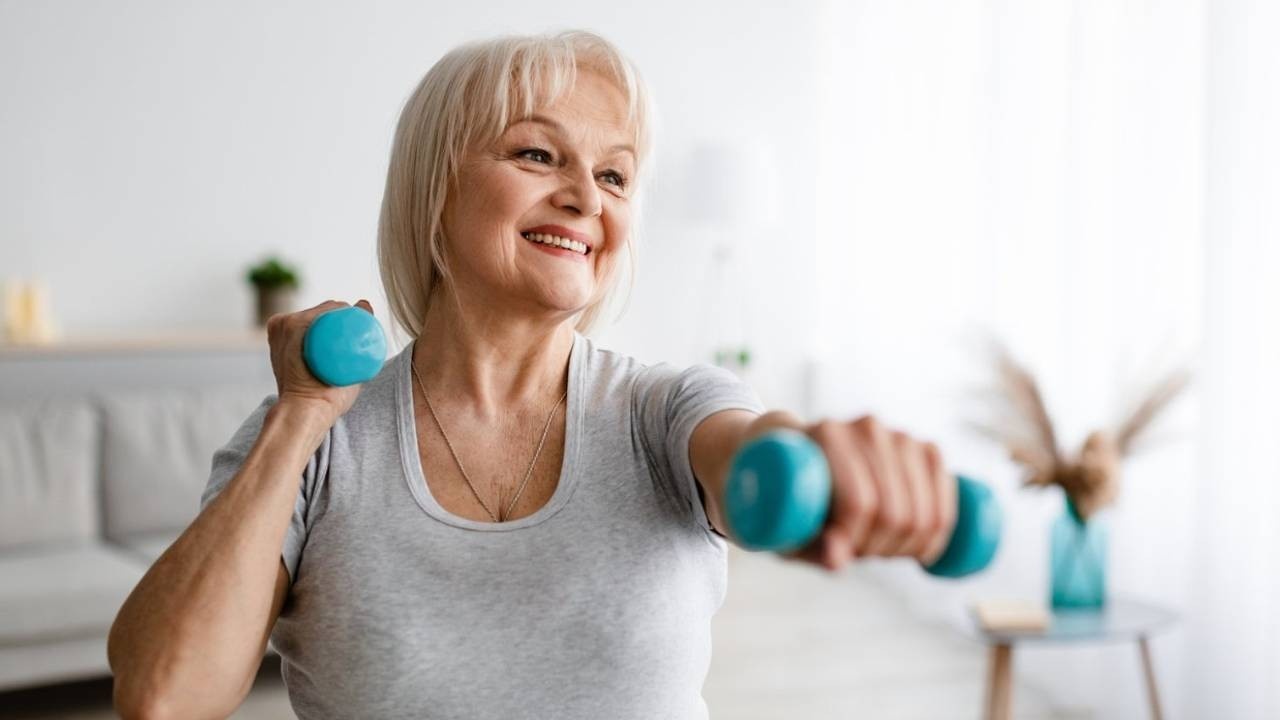
In last week's blog post, 'The Importance of Recovery After Physical Activity', we discussed the importance of recovery, especially after daily physical activity. Today, we're going to expand on immunity and exactly how it is positively impacted by recovery. Additionally, our immunity is directly correlated with our stress resiliency, so we'll also consider the role that movement and recovery play in muscular stress.
Immunity and Stress Resilience
When considering the strength of your immune system, there's a really fine line between pushing yourself too far and not pushing yourself enough. Essentially, too little movement will weaken your immune system, but too much could also have similar negative effects. The question we start to ask ourselves is how can we identify what is right for our unique body?
This is where we can begin to consider muscular stress in relation to movement. Minimal muscular stress is a small bout of effort placed on the body during routine physical activity. For example, if you hiked the same trail 3 times a week for 3 months, swam 12 laps in your pool every morning, or did a yoga class every Monday, that would be considered minimal movement stress. You are still utilizing your muscles, however, the demand on your body is much less intense because your muscular system has been able to adapt to this consistent movement pattern over time.
Maximal movement stress is when the demand on the body is much greater and requires more adaptation from the muscular system. This is often created through new or unfamiliar movement patterns, such as trying a new and more difficult hiking trail, swimming 30-minutes longer than usual, or trying a new style of yoga.
It's important to understand that maximal movement stress is not inherently bad, in fact, it can also do wonders to boost your immune system, as with minimal stress. The difference is knowing when our bodies can tolerate maximal stress, or when it's better to stick with minimal stress.
When Should We Do Minimal Versus Maximal Stress Movements?
The truth is that everybody is different, but there are some great guidelines we can follow.
-
Always listen to your own body and intuition. That being said, when in doubt or if you're just feeling "off" stick to a minimal stress activity for that day.
-
Minimal and maximal stress activities are equally important but don't require an equal amount of time. Minimally stressful movements should occur every day, but depending on your own personal health, maximal stress movements should occur anywhere between 1-4 times per week.
Let's take a deeper look at an example:
If you are an avid gardener in the Summer, you may consider gardening a minimal stress movement. However, if you haven't done any gardening from October to May and then you begin gardening again at the end of May, it will be a maximal stress movement because your muscular system will have to re-adapt. If you garden three times a week for the month of May, you may notice it becoming easier on the body and shifting into a minimal stress movement.
Remember, our bodies are very adaptable and resilient, but whenever you're activating a muscle in a different way or requiring a greater demand of the muscles, you are using maximal stress.
Some movements may be both minimal and maximal stress. If you’re taking a yoga class weekly, but in each class, there’s something new that challenges your body and activates your muscles in a new way, it will most likely have an aspect of minimal and maximal stress, which is great!
At Rooted Tree Wellness Studio, you will experience classes like Deep Stretch and Stress Release which for most people will be a minimal stress activity, however, a class like Muscle Maintenance as We Age will be a combination.
How do Minimal and Maximal Stress Movements Relate to Recovery?
While recovery and rest are important each and every day, you need to dedicate more than just your (hopefully) eight hours of sleep a night to recovery when doing maximal stress movements. This doesn’t mean adding more hours to your night’s sleep, so be sure to read more about recovery in our last blog post, 'The Importance of Recovery After Physical Activity.'
It's when we don't take time to recover from those maximal stress movements, which are usually beneficial, that we can actually begin to weaken our immune system.
Happy Moving!
The RTWS Team
*Please note this article is extensively researched but is not written by a medical professional, nor should it be used as medical advice. We encourage you to seek advice from your primary care physician.



